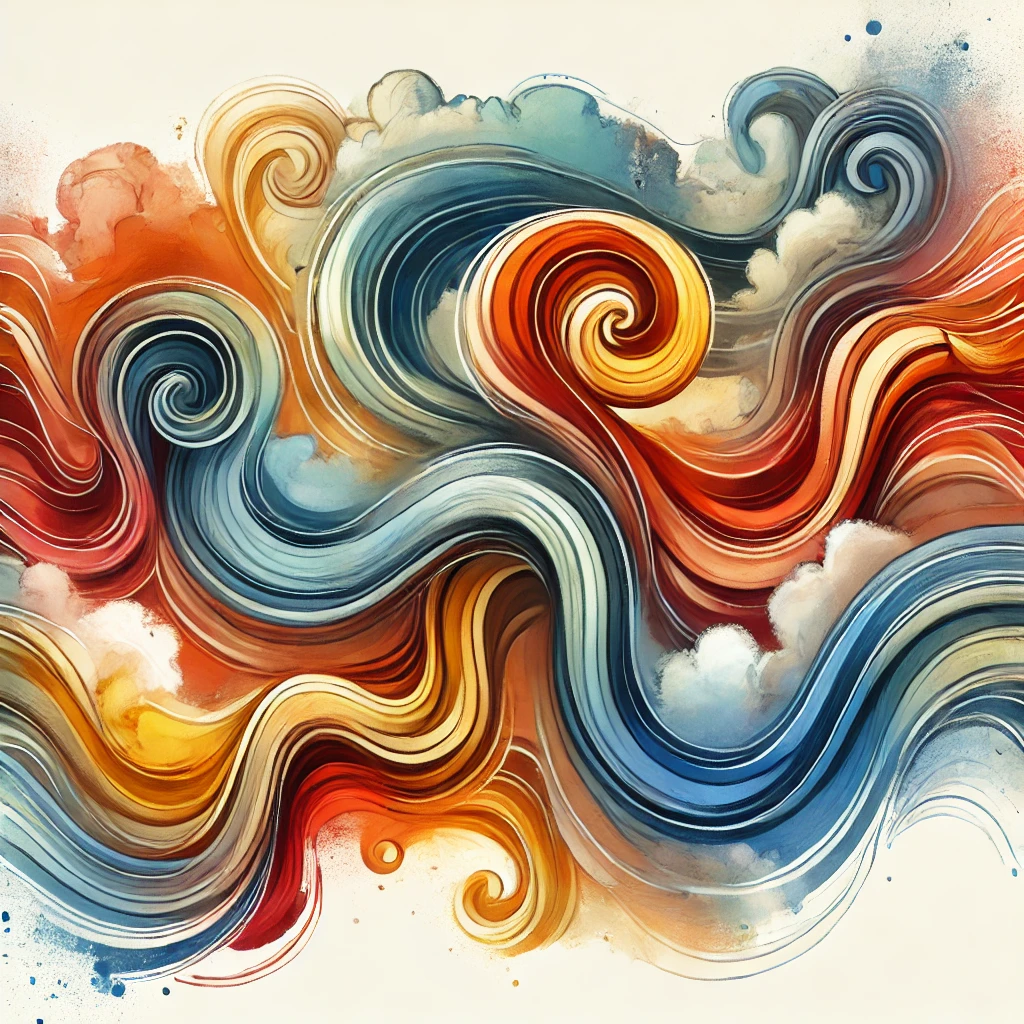Curiosity and attraction are often seen as distinct emotional or psychological experiences. Curiosity is the drive to seek new information or experiences, while attraction refers to a pull towards someone or something. Yet, there is a fascinating overlap between the two that shapes human relationships, creativity, and even personal growth. Understanding this intersection can illuminate why we are drawn to certain people, ideas, or situations.
Curiosity as a Foundation of Attraction
Curiosity serves as the gateway to attraction in many contexts. This is particularly evident in romantic relationships, where initial interest often stems from the unknown. Researchers suggest that the human brain is wired to reward curiosity through dopamine release, the same neurotransmitter associated with feelings of pleasure and attraction (Kashdan & Steger, 2007).
Key aspects of this overlap include:
1. Novelty: Novel experiences or people often trigger curiosity, which can evolve into attraction.
2. Exploration: Getting to know someone or something through curiosity often deepens emotional connections.
3. Uncertainty: The intrigue of not knowing everything about a person or situation can heighten attraction.
Attraction Fuelling Curiosity
Attraction, particularly in social or romantic contexts, often stimulates curiosity. When someone feels drawn to another person, they naturally want to learn more about them. This phenomenon is particularly potent in early stages of relationships when curiosity leads individuals to ask questions, share experiences, and uncover layers of personality.
In other contexts, such as art or intellectual pursuits, attraction to a subject can spark a deep dive into exploration and learning. This cyclical relationship between curiosity and attraction can result in profound creativity and personal growth.
The Interplay in Relationships
The overlap between curiosity and attraction plays a significant role in both forming and sustaining relationships.
– Initial Attraction: Curiosity drives individuals to seek common ground and shared interests.
– Long-Term Connections: Continued curiosity about a partner’s thoughts, feelings, and experiences sustains the spark over time (Aron et al., 2000).
– Conflict Resolution: Curious engagement during conflicts fosters empathy and strengthens bonds.
Curiosity and Attraction Beyond Romance
While much of the focus tends to be on interpersonal relationships, the intersection of curiosity and attraction extends to various domains:
– Learning: Attraction to a subject can ignite curiosity, leading to deeper understanding and mastery.
– Art and Creativity: Many artists are drawn to explore themes they find inherently attractive or mysterious.
– Adventure and Exploration: Curiosity about new cultures, landscapes, or challenges often stems from an attraction to the unknown.
The Shadow Side: When Curiosity and Attraction Clash
The overlap isn’t always positive. Curiosity about forbidden or unattainable objects of attraction can lead to frustration or ethical dilemmas. Similarly, attraction without genuine curiosity may lead to superficial connections that lack depth and sustainability.
Conclusion
The overlap between curiosity and attraction reveals a profound interconnectedness in human experience. Curiosity drives exploration, while attraction provides the motivation to pursue it. Together, they form the foundation for meaningful relationships, creative endeavours, and personal development.
By recognising and nurturing this interplay, individuals can cultivate richer, more fulfilling lives in both their personal and professional worlds.
References
- Kashdan, T. B., & Steger, M. F. (2007). Curiosity and pathways to well-being and meaning in life: Traits, states, and everyday behaviors. Motivation and Emotion, 31(3), 159–173. DOI: 10.1007/s11031–007–9068–7
- Aron, A., Norman, C. C., Aron, E. N., McKenna, C., & Heyman, R. E. (2000). Couples’ shared participation in novel and arousing activities and experienced relationship quality. Journal of Personality and Social Psychology, 78(2), 273–284. DOI: 10.1037/0022–3514.78.2.273
